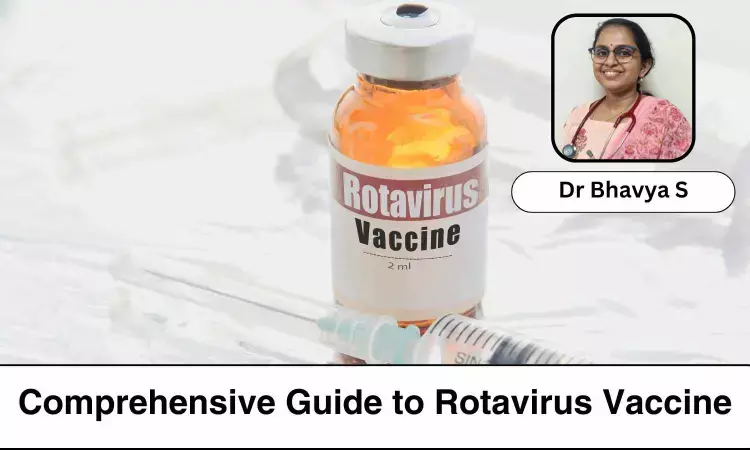- Home
- Medical news & Guidelines
- Anesthesiology
- Cardiology and CTVS
- Critical Care
- Dentistry
- Dermatology
- Diabetes and Endocrinology
- ENT
- Gastroenterology
- Medicine
- Nephrology
- Neurology
- Obstretics-Gynaecology
- Oncology
- Ophthalmology
- Orthopaedics
- Pediatrics-Neonatology
- Psychiatry
- Pulmonology
- Radiology
- Surgery
- Urology
- Laboratory Medicine
- Diet
- Nursing
- Paramedical
- Physiotherapy
- Health news
- Fact Check
- Bone Health Fact Check
- Brain Health Fact Check
- Cancer Related Fact Check
- Child Care Fact Check
- Dental and oral health fact check
- Diabetes and metabolic health fact check
- Diet and Nutrition Fact Check
- Eye and ENT Care Fact Check
- Fitness fact check
- Gut health fact check
- Heart health fact check
- Kidney health fact check
- Medical education fact check
- Men's health fact check
- Respiratory fact check
- Skin and hair care fact check
- Vaccine and Immunization fact check
- Women's health fact check
- AYUSH
- State News
- Andaman and Nicobar Islands
- Andhra Pradesh
- Arunachal Pradesh
- Assam
- Bihar
- Chandigarh
- Chattisgarh
- Dadra and Nagar Haveli
- Daman and Diu
- Delhi
- Goa
- Gujarat
- Haryana
- Himachal Pradesh
- Jammu & Kashmir
- Jharkhand
- Karnataka
- Kerala
- Ladakh
- Lakshadweep
- Madhya Pradesh
- Maharashtra
- Manipur
- Meghalaya
- Mizoram
- Nagaland
- Odisha
- Puducherry
- Punjab
- Rajasthan
- Sikkim
- Tamil Nadu
- Telangana
- Tripura
- Uttar Pradesh
- Uttrakhand
- West Bengal
- Medical Education
- Industry
Comprehensive Guide to Rotavirus Vaccine: Safety, Eligibility, and Effectiveness - Dr Bhavya S

Diarrhoea is a common disease in children. Rotavirus is the most common cause of severe gastroenteritis in children below 5 years worldwide. It is also the most common cause of healthcare associated diarrhoea in children. More than 40% of diarrhoea in children below the age of five years is caused by Rotavirus.
The symptoms of Rotavirus diarrhoea are fever, vomiting, watery diarrhoea and dehydration. This infection spreads through the faecal-oral route and through fomites.
Rarely, respiratory droplet transmission can also occur. Very effective and safe vaccine is available to protect against rotavirus infection.
Studies have shown that the introduction of rotavirus vaccine in the routine immunisation schedule could significantly reduce the incidence of severe diarrhoea in children.
How and When the Vaccine is Recommended?
This vaccine is available as an oral preparation and is given as oral drops. It is given at, 6, 10 and 14 weeks according to Indian National Immunisation schedule as well as by the recommendation of the Indian Academy of Paediatrics. The American Academy of Paediatrics recommendation is to give the Rotavirus vaccine at 2 months, 4 months and 6 months of age.
Four different types of vaccines are available in India, they are Rotateq, Rotarix, Rotasil and Rotavac. The efficacy of these vaccines are almost the same. There is a difference in the schedule of the mono alert vaccine (Rotarix). Only 2 doses of Rotarix is recommended at 1-month interval and is usually given at 6 weeks and 10 weeks.
Is This Vaccine Safe?
Yes. It is a very safe vaccine. More than 120 countries have already introduced a national rotavirus vaccination programme, and approximately 15 more countries are planning to introduce it soon. Very rare adverse events are negligible compared to the protection offered by this vaccination.
One adverse event found with this vaccine is intussusception (a portion of the child's intestine folds inside another segment — causing an obstruction that prevents the passage of food, which is being digested). This condition is very rare and is seen in around 1 -2 in 1,00,000 vaccine recipients. This vaccine can be safely given to preterm babies also.
Effectiveness of the Vaccine
Studies have shown that in countries where the rotavirus vaccine is introduced to the routine immunisation schedule, there is a 40 % reduction of diarrhoea associated with hospitalisation of children below the age of five. The efficacy rates of this vaccine differ in different countries.
The vaccine is 50 to 70% effective in preventing rotavirus infection in high mortality countries and 90% effective in low mortality countries. The possible reasons for low efficacy in low income countries include coinfection with enteral pathogens, poor nutritional status, high anti rotavirus antibodies in breast milk etc.
To Whom the Vaccine is not recommended?
- Children with severe congenital immunodeficiency
- Children with previous episode of intussusception
- Children who are allergic to any component of the vaccine.
- In all other kids, this vaccine can be safely given.
- Always remember, prevention is better than care.
Disclaimer: The views expressed in this article are of the author and not of Medical Dialogues. The Editorial/Content team of Medical Dialogues has not contributed to the writing/editing/packaging of this article.
Dr. Bhavya S MBBS, DCH, DNB (Paediatrics) is a Consultant in the Department of Paediatrics at KIMSHEALTH, Thiruvananthapuram, Kerela. With over seven years of experience as a paediatrician, her areas of expertise include Paediatric Emergency, Paediatric Nutrition, and Paediatric Respiratory Medicine.


